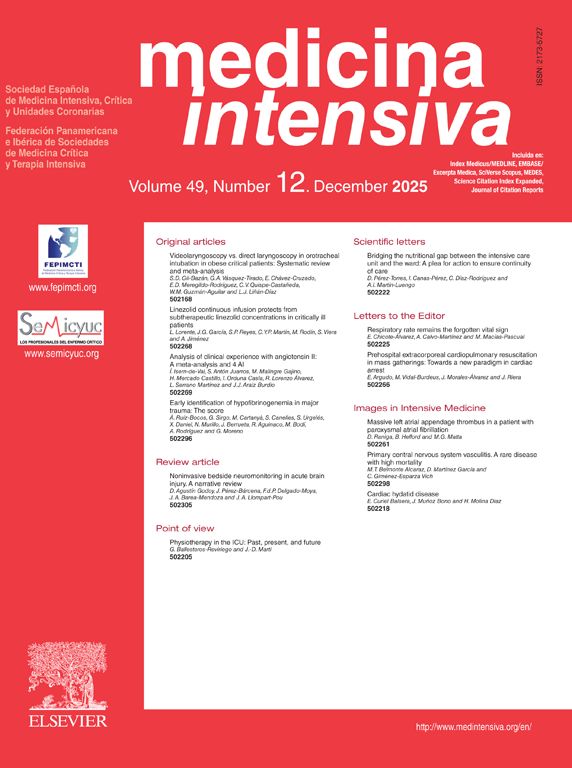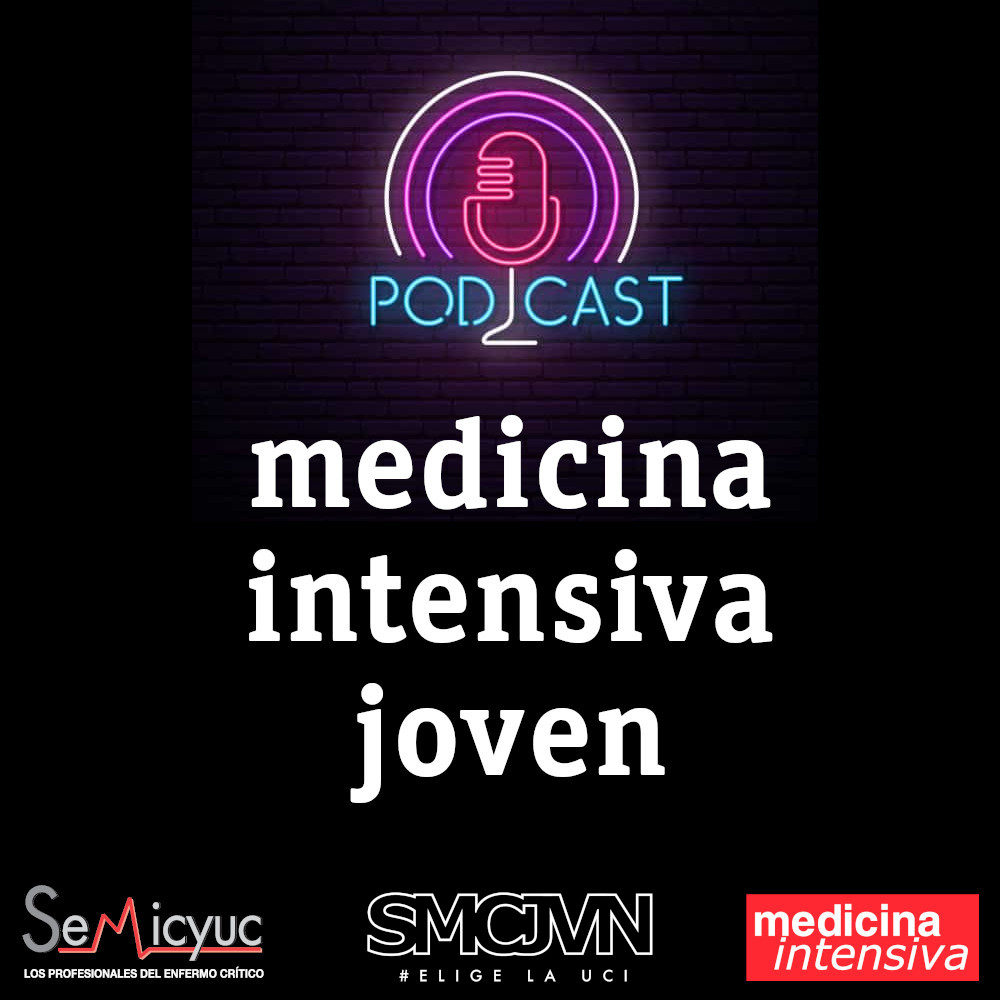A 62-year-old woman with no personal history of disease was seen due to epigastric pain lasting four days, suffering a right-side pure hemi-motor lacunar stroke with anodyne multimodal CT findings. The ECG tracing evidenced inferior ST-segment elevation with Q waves, and the patient was admitted to intensive care. Transthoracic echocardiography showed septal-basal interventricular communication (IVC) presenting an akinetic inferior aspect with thinning and hyperechogenicity suggestive of pseudoaneurysm with possible contained myocardial rupture (Fig. 1, Video 1). Emergent surgery was discarded due to the neurological condition of the patient and surgical risk due to friability of the tissues. While in wait for the final decision, a cardiac MRI was performed (Fig. 2), after which the patient suffered cardiac arrest with pulseless electrical activity secondary to tamponade, with futile resuscitation efforts (Fig. 3, Videos 2 and 3). Mechanical complications following acute myocardial infarction, while unusual nowadays, remain a potentially fatal and time-dependent disorder in which imaging techniques such as echocardiography continue to play a key role.
The Impact Factor measures the average number of citations received in a particular year by papers published in the journal during the two preceding years.
© Clarivate Analytics, Journal Citation Reports 2025
SRJ is a prestige metric based on the idea that not all citations are the same. SJR uses a similar algorithm as the Google page rank; it provides a quantitative and qualitative measure of the journal's impact.
See moreSNIP measures contextual citation impact by wighting citations based on the total number of citations in a subject field.
See more










